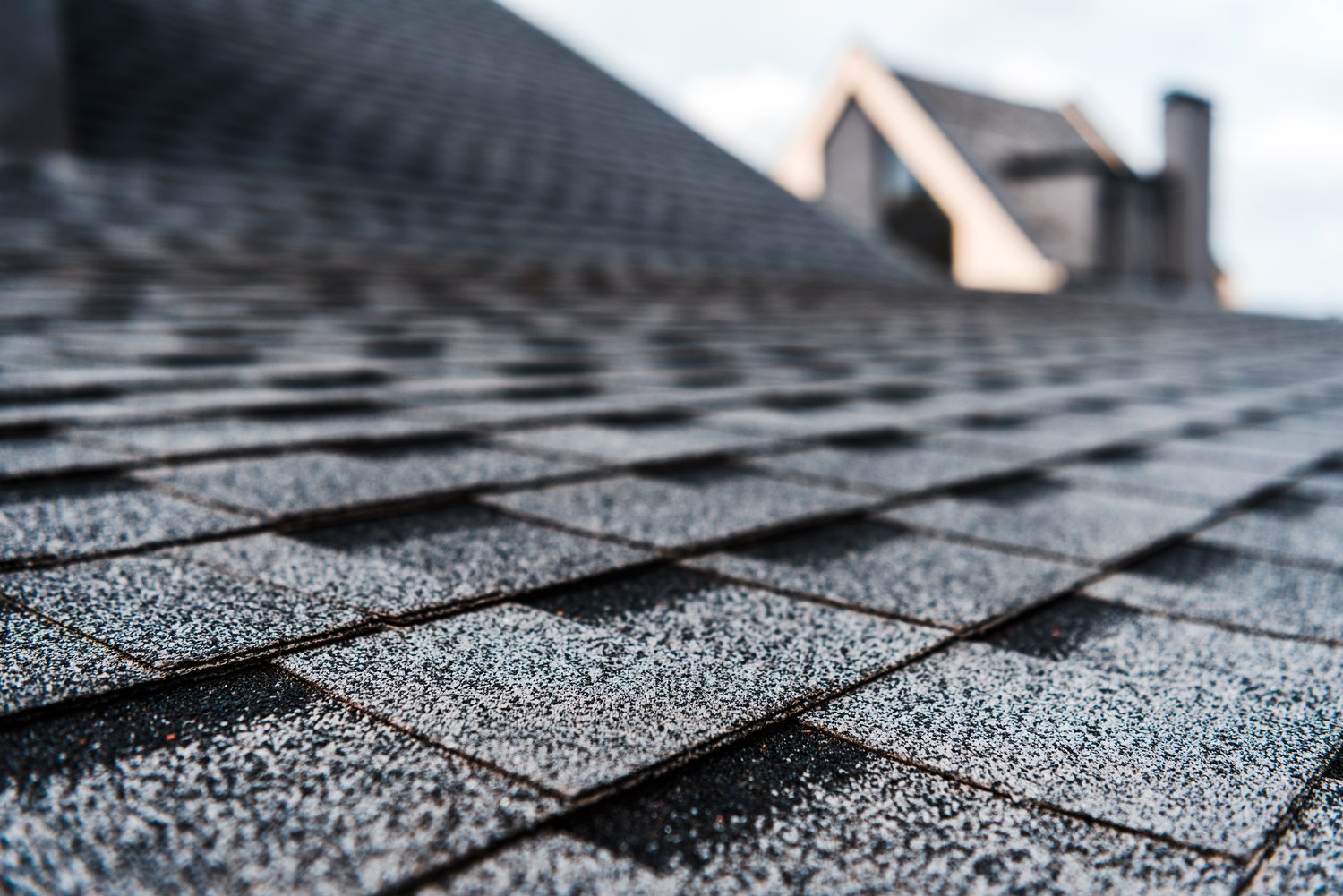When it comes to protecting your home against severe weather, your roof is your first line of defense. In regions prone to hailstorms and high winds, standard roofing materials often fall short, leading to costly repairs and increased insurance premiums. Class 4 impact-resistant roofing has emerged as a premium solution to this problem, offering superior protection against the elements. This article explores what makes Class 4 shingles special, compares different impact-resistant materials, and examines whether the higher upfront cost translates to long-term savings through durability and potential insurance discounts.
What Does “Class 4” Actually Mean?
The term “Class 4” isn’t just marketing jargon—it represents the highest impact resistance rating a roofing material can achieve. This classification comes from Underwriters Laboratories (UL) 2218 standard, which tests roofing products’ ability to withstand impact. During testing, steel balls of varying sizes are dropped from 20 feet onto roofing samples to simulate hailstones. To earn the coveted Class 4 rating, the material must show no evidence of fractures or cracks on both the front and back surfaces after being struck twice in the same spot by a 2-inch steel ball—equivalent to a large hailstone.
This rigorous testing explains why homeowners in hail-prone regions increasingly seek out Class 4 impact-resistant roof materials. Unlike standard asphalt shingles that may crack, split, or lose granules during severe weather, Class 4 products maintain their structural integrity and protective capabilities even after significant impacts.
Material Options for Class 4 Roofing
The market offers several Class 4 rated roofing materials, each with unique characteristics. Traditional asphalt shingles can achieve Class 4 ratings when reinforced with materials like SBS (styrene-butadiene-styrene) modified polymers or fiberglass. These enhanced asphalt shingles typically look identical to standard versions but offer substantially improved impact resistance.
Stone-coated steel roofing represents another excellent Class 4 option. These systems combine the strength of steel with the aesthetic appeal of traditional roofing materials. The metal core provides exceptional durability while the stone coating adds visual texture and additional protection. Many homeowners appreciate that stone-coated steel can mimic the appearance of tile, shake, or slate while delivering superior performance.
Synthetic shingles have also gained popularity in the impact-resistant market. Made from engineered polymers, these innovative products can closely resemble natural materials like cedar shakes or slate. The difference is that synthetic shingles won’t split, crack, or deteriorate like their natural counterparts. Many synthetic options achieve Class 4 ratings while offering additional benefits like fire resistance and color stability.
Insurance Benefits of Class 4 Roofing
One of the most compelling reasons to invest in Class 4 impact-resistant roofing is the potential for substantial roof insurance discounts. Insurance companies have recognized that homes with hail proof roof systems result in fewer claims after severe weather events. As a result, many insurers offer premium reductions ranging from 5% to 30% for properties protected by Class 4 roofing materials.
Before installing a new roof specifically for insurance savings, contact your provider to verify their discount policies. Some companies require certification proof or specific materials to qualify for the maximum discount. According to research by AskHomey, homeowners can save an average of $300-$500 annually on insurance premiums after installing qualified impact-resistant roofing, potentially recovering the additional investment within 5-10 years.
Cost Considerations and ROI
The price premium for Class 4 shingles typically ranges from 20-50% above standard roofing materials. For a 2,000-square-foot roof, this might translate to an additional $2,000-$5,000 investment. However, when evaluating the value proposition, consider both the insurance savings and reduced maintenance costs.
Class 4 roofing materials generally last significantly longer than standard options. While a conventional asphalt roof might need replacement after a severe hailstorm, impact-resistant materials often emerge unscathed or with minimal damage. This durability extends the roof’s lifespan, sometimes by 10-15 years or more. When combined with potential insurance discounts, the long-term economics often favor Class 4 materials despite the higher initial cost.
Making the Right Choice for Your Home
The decision to invest in Class 4 impact-resistant roofing should consider your local climate, budget, and long-term plans for your home. In regions with frequent hailstorms, the protection offered by these premium materials often proves invaluable. Even in areas with occasional severe weather, the peace of mind and potential insurance savings make Class 4 shingles worth considering.
When selecting between different Class 4 options, consider factors beyond impact resistance, such as energy efficiency, aesthetic appeal, and warranty coverage. Some synthetic shingles offer additional benefits like solar reflectivity that can reduce cooling costs in warm climates. Similarly, metal roofing systems might provide better performance in areas with heavy snow loads.
For more tips and to connect with reliable home service professionals, follow AskHomey on Facebook and Instagram.



